Here I wanted to reflect my experience of applying paint without a brush.
2016 I imprinted the wheel of the car.

2016 Monotype - paint is poured onto one flat surface, and then a drawing is drawn with a spatula. After that, this template is applied to paper or canvas until the original paint disappears.

2018 Nails and threads acted as paint and colour.

2018 The paint was applied by projection.

2019 I photographed each brush strokes and then used it with PowerPoint modelling.
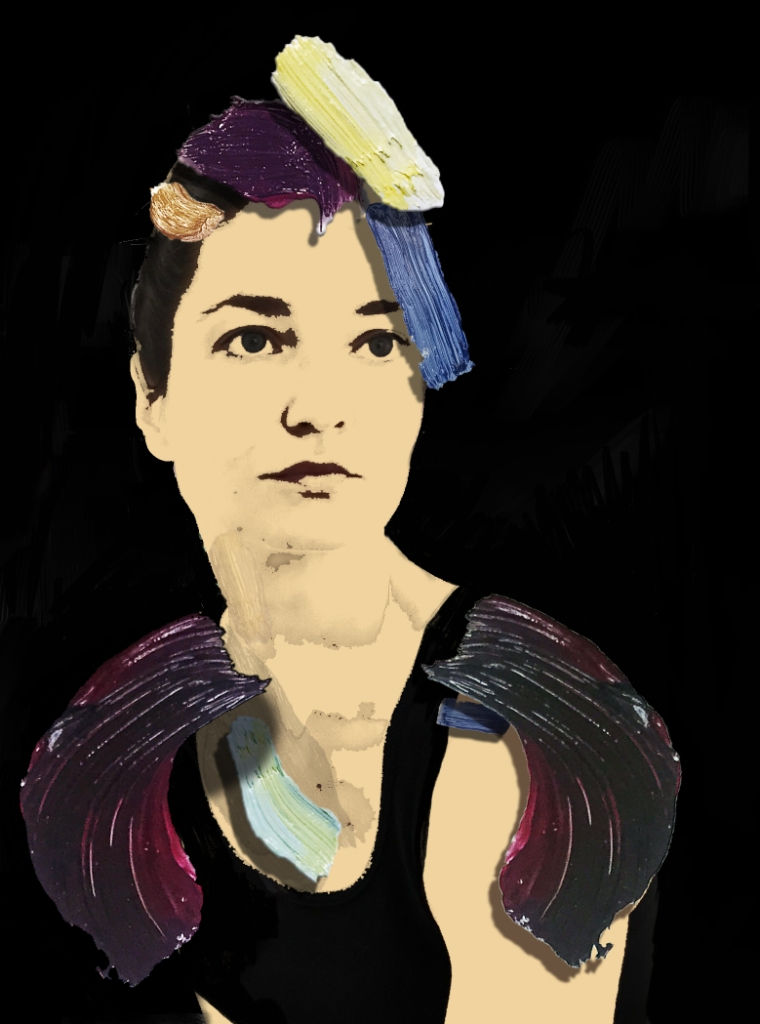
2019 The painting was an as alive and moving event.
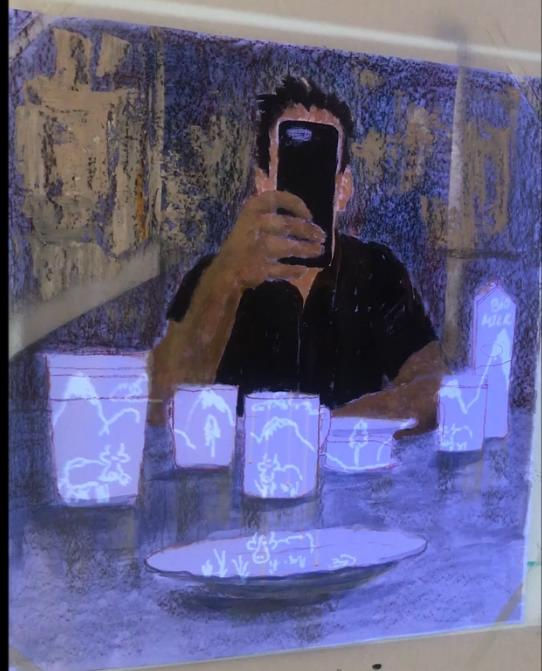
or
Space and sculptural elements were as a painting.
Carving as a painting process.
Hot glue as a painting process.
The ultraviolet light was a painting.
The viewer with his phone was part of the painting process.
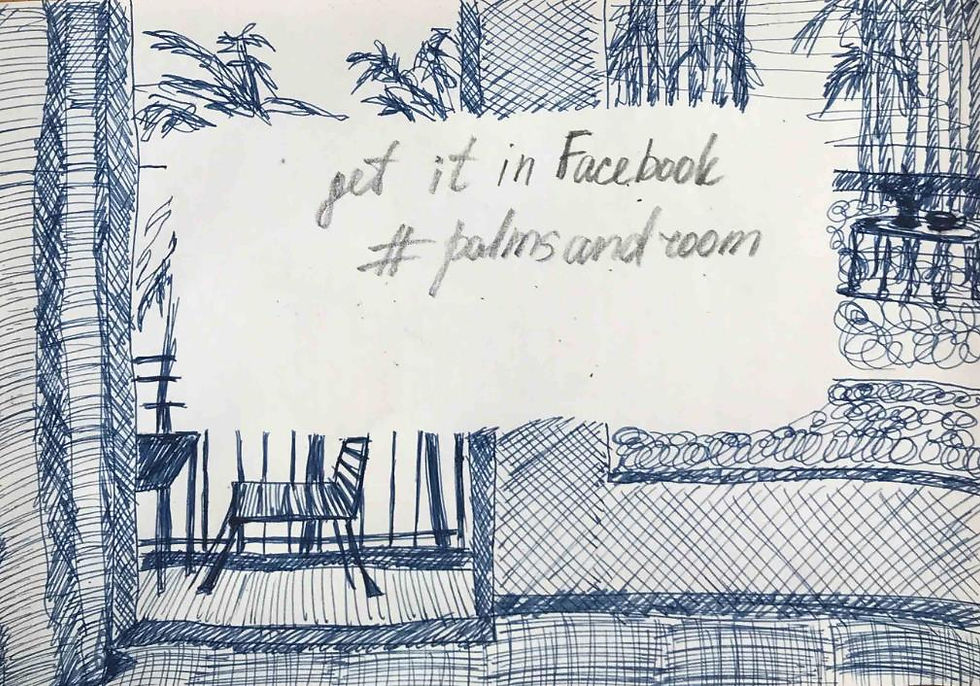
I guess I can't get rid of this experience. Therefore, these ideas, one way or another, will be further developed in my tests.
It seems to me that we are more engrossed in the flatness than ever before. And this because of a computer, tablet, mobile phone. And in the Coronavirus time, we see the world as flat through the screens. We are deprived of physical contact with other people, deprived of tactility.
So I wanted flesh, texture. I wanted to continue the test I had in the sculpture course. There I accidentally put the paper in plaster.

Therefore, I decided to try to spit the paint on rice paper (it is suitable for its softness), and immediately apply it to the canvas and to the volumetric form.

I was delighted with the process. The paint flowed down my hands and splattered everything. The paper soaked and fell apart, resulting in a working mass that needed to be built and composited. The whole process was very natural and logical. I worked with pure colours and didn't think about the shape.



In the end, I was missing something. I added lines - they didn't fit ... I wanted to add a colour accent, introduce some kind of feature.
I had yellow pieces of paint taken from a palette in my workshop. The paint by itself. As a separate material that does not belong to any surface.

I wanted to emphasize this. The paint by itself and does not stick to the canvas without man actions. Sewing is especially indicative of hand-made. I usually can't stand long monotonous work. But here, somehow everything is natural. I sew up something, as if heal, I meditate.

I started to think further about what I can do with the paint.
I photographed the pieces of paint, edited them in PowerPoint and printed them out. After, I apply it to the canvas with transfer glue. I removed the remaining paper with a help of UV flashlight.

This idea remained me about Andre Hemer works.

André Hemer. Big node #52, 2016. Photo: André Hemer, Courtesy Of Kristin Hjellegjerde Gallery [Photography] At: https://www.galeriemagazine.com/new-zealand-born-artist-andre-hemer-makes-his-u-s-debut/ (Accessed 25.02.2020)
“The artist’s process is complex. He forms paint blobs, scans them outdoors for unusual lighting effects, and then digitally prints those images onto canvas. After coating them with as many as eight layers of translucent or opaque paints, he binds the initial blobs onto the surface, producing gorgeous, intriguing, collagelike works that gleam with luscious hues and palpable paint.” (Galerie Magazine,2017 on line)
His work remains flat in the physical world. There is no texture, vivid volume.

My work is essentially a mixture of both physical and digital. Colour is presented as a separate object in itself and as part of the canvas. At the same time, both are obvious, the physicality of the colour and the illusion of the space.





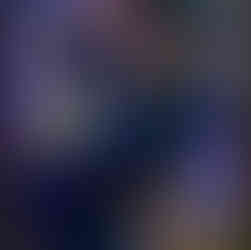











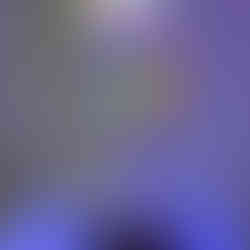



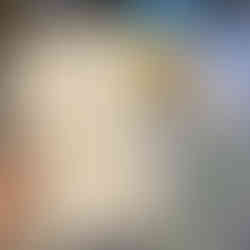

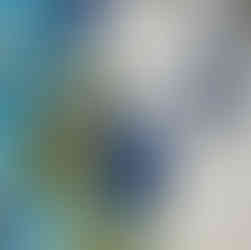



























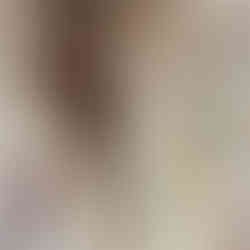



Komentáře